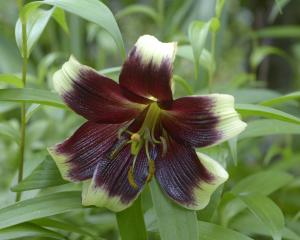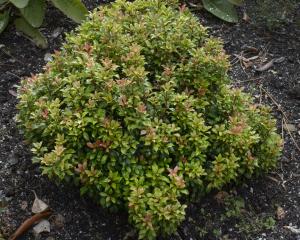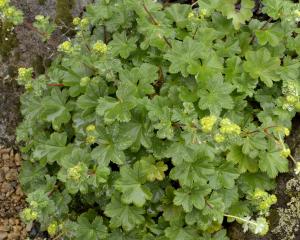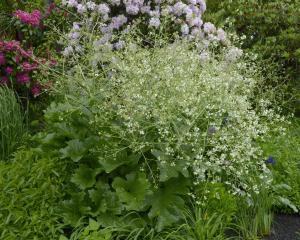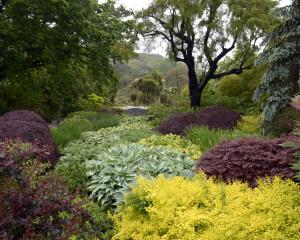It might not be your eyes playing tricks - you might have a native mistletoe attached to a host tree.
The most commonly seen mistletoe in Dunedin, Ileostylus micranthus, forms an evergreen bushy shrub in the branches of its host. It has round to oval waxy leaves about 2.5cm long.
Flowers are inconspicuous; the orange to yellow berries are what you will notice at the moment.
It has specially adapted roots (haustoria) that reach through the bark layer of the host plant.
These haustoria absorb water and nutrients the mistletoe couldn't otherwise get from the ground.
Its seeds dispersed by birds, this plant grows on 206 different native and exotic host species, from deciduous to evergreen and even conifers.
Squash its berries between your fingers to see how seed sticks to a branch when a bird has finished with it.
In Dunedin, the Ileostylus micranthus population is healthy but north of the city it is in decline.
This is probably due to the comparative habitat clearance and the consequent loss of seed-dispersing birds.
Although a parasite, mistletoe is part of our native flora.
The berries are an attractive addition to the garden at this time of the year and they feed the birds before winter.
Most shrubs can survive rather well with mistletoe. If you choose to remove it, small growths can be pinched off by hand, but large growths will need to be cut off.
Keep the cutting and you might get a Christmas kiss.
Pippa Lucas is a third-year horticultural apprentice at Dunedin Botanic Garden.






